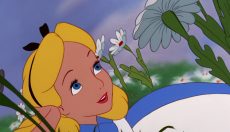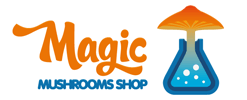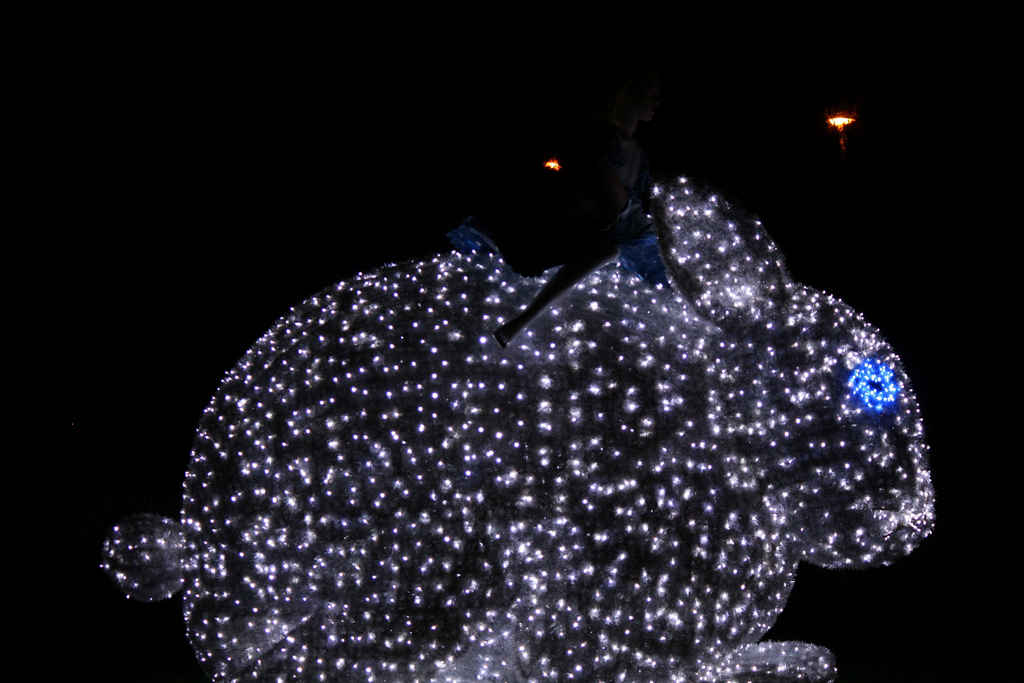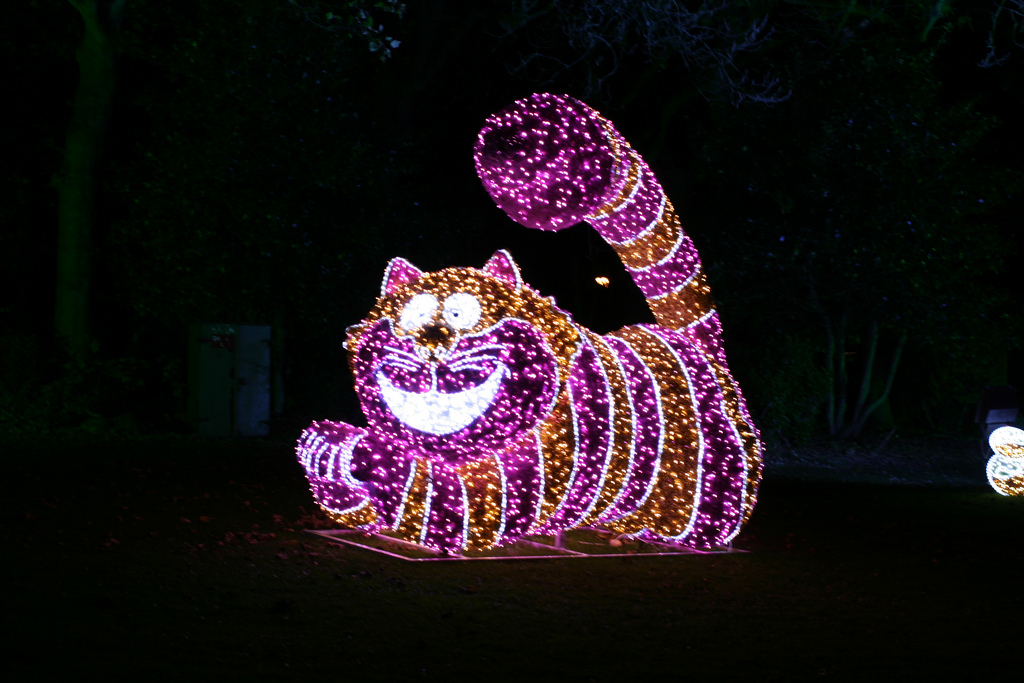Alice In Wonderland and hallucinogens
Posted under: Art and psychedelic lifestyle

'Alice’s Adventures In Wonderland' is a fairytale written by Lewis Carroll about a 10-year-old girl who falls down through a hole in a forest while chasing a mysterious white rabbit. Then she starts to experience live bizarre adventures.
Many things have been said about this fairytale since it was published on 1865. Many questions have arisen around this tale: “Was the author in love with the little girl?” and “Was the author talking about his experiences with hallucinogenic drugs?”
What is the relation between 'Alice' Adventures In Wonderland' and hallucinogens?
This question was particularly asked during the psychedelic decade of the 60's. One particular song helped to build the hallucinogens myth around 'Alice Adventures In Wonderland'. You know what song are we talking about, right? Yeah! The Jefferson Airplane's psychedelic anthem White Rabbit.
Other cultural products helped to build the psychedelic look for 'Alice's Adventures In Wonderland'. For instance: The film 'Matrix' invited their watchers to 'follow the white rabbit' and discover the reality behind the reality. And, of course, the crazy Disney film. This film particularly helped to convince us that Alice was a real psychonaut. Disney made the story even crazier than the original one.
Experts on the phone
But the literature experts come to take this idea from us: 'Alice In Wonderland' does not seem to talk about drugs or experiences with hallucinogens. Yeah, in spite of the Cheshire Cat, the Smoking caterpillar, the mushrooms that made Alice grow, the wild Mad Hatter and such. This is what a Children's Literature lecturer at Cardiff University that studied the phenomena said.
There's no document or history proof of Carroll beign a recreational user of opium or laudanum. We know a lot of writers who were drugs users: Sir Arthur Conan Doyle, Ernest Hemingway... But nothing about Carroll. Maybe Lewis Carroll just was a very discrete person. But the historical and biographic references do not point to a psychedelic consumption.
"The notion that the surreal aspects of the text are the consequence of drug-fueled dreams resonates with a culture, particularly perhaps in the 60s, 70s and 80s when LSD was widely-circulated and even now where recreational drugs are commonplace," says Dr Heather Worthington.
'Alice In Wonderland' was created before the psychedelic explosion of these decades. It seems that just was a coincidence for the book to represent so well the 'spirit' of the age.
"It is the deviant aspects that continue to fascinate because the text is unusual, innovative, and hard to grasp so turning to the author offers simplicity and excitement simultaneously."
Because the text and the story that Carroll created is different from all the books of the period (and all the books in general), it is a perfect target for the readers suspicions.
In a recent issue of Prospect magazine, Richard Jenkyns, professor at Oxford University, called Alice in Wonderland "probably the most purely child-centered book ever written". Why? The only Lewis Carroll purpose when he wrote the book was to give pleasure and to entertain, experts say. and said that its only purpose "is to give pleasure".
Sorry but 'Alice In Wonderland' is not about hallucinogens. (But it sure feel likes it ;))
Source: BBC




January 14, 2015